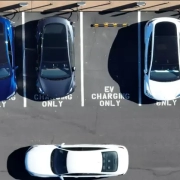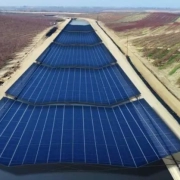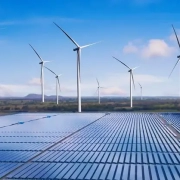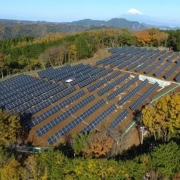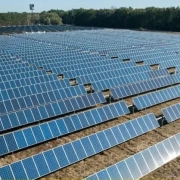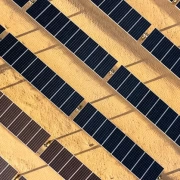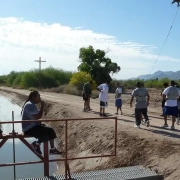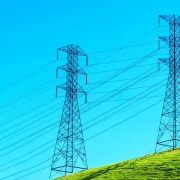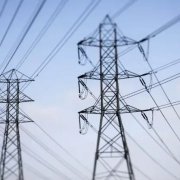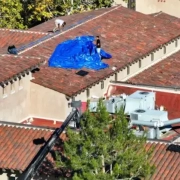World leaders are gearing up for COP28, an annual U.N. climate conference that will begin this week in Dubai, and California is expected to play a sizable role in the proceedings.
Representatives from Gov. Gavin Newsom’s administration will attend and speak on the Golden State’s progress toward clean energy goals, zero-emission vehicles and nature-based solutions, officials said. California will also engage in continued diplomacy at the subnational level after Newsom’s recent trip to China, where he engaged in climate talks with local leaders.
Click here to read the full article
Source: Los Angeles Time
—
If you have any questions or thoughts about the topic, feel free to contact us here or leave a comment below.

